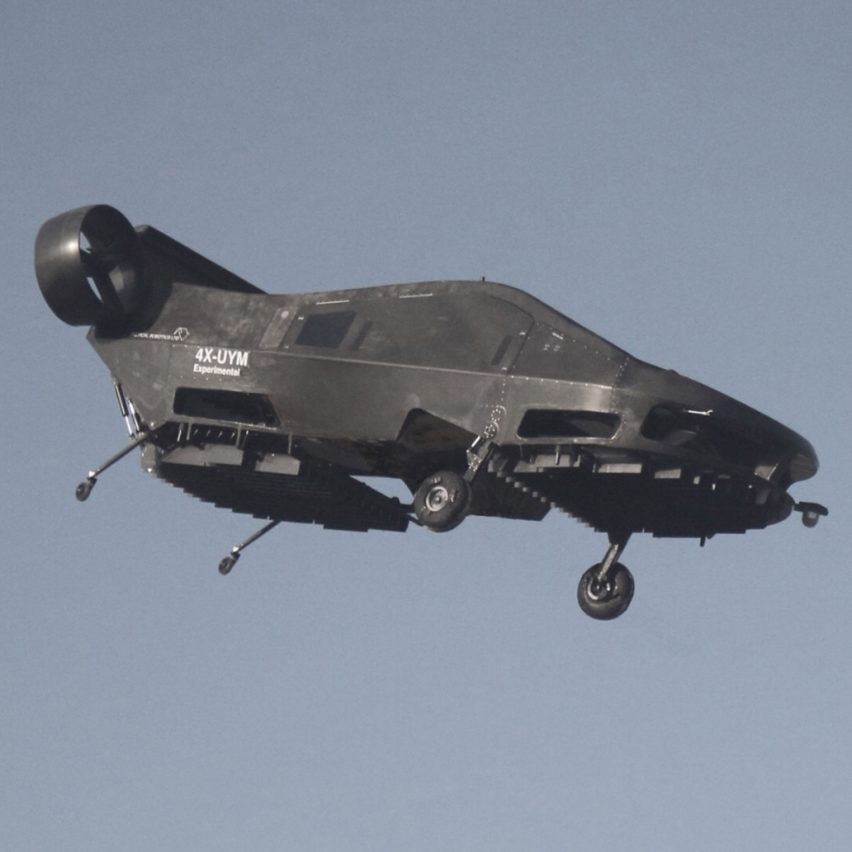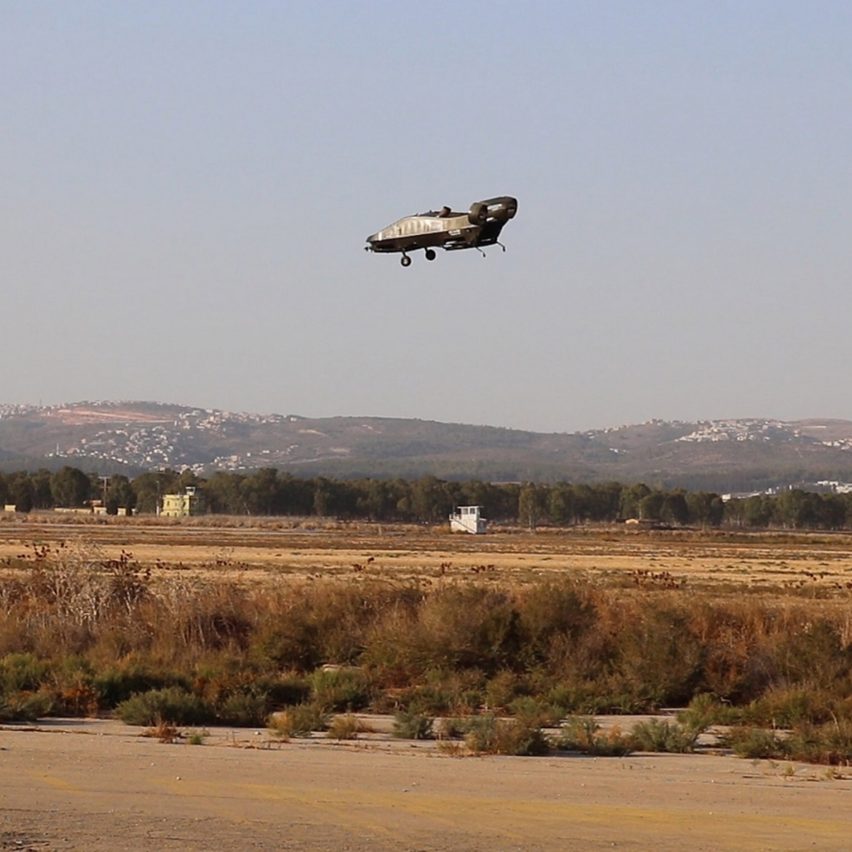Autonomous rescue aircraft makes its first flight
An autonomous aircraft designed to operate in dangerous territory has successfully completed its maiden voyage.
Urban Aeronautics announced that its Cormorant aircraft had autonomously flown for approximately two minutes – something it claims to be an industry first for a flying vehicle of its kind.
The Cormorant is able to manoeuvre precisely in constricted and uneven areas, and the company anticipates it being used in military rescue and evacuation situations.

While in the air, the aircraft's autonomous decisions are informed by an array of sensors, lasers and cameras – negating the need for a captain to be present.
"This flight paves the way forward for the immediate evolution of Cormorant from prototype to near-term production and ultimately commercialisation of this groundbreaking technology," said Urban Aeronautics founder and Rafi Yoeli.
The Cormorant operates using the company's patented Fancraft technology. It combines internal lift rotors, unmanned controls, stability systems and fly-by-wire.
The craft completed its first pattern flight earlier this month. Pattern flights – a standard path followed by aircraft when taking off or landing – are routine for conventional planes and helicopters, but this is the first time a Fancraft vehicle has completed this type of voyage.
Although the first of its kind for this type of craft, the flight wasn't without fault.
According to Urban Aeronautics, the vehicle's flight management system (FMS) – the technology that works as a co-captain to the flight controls (FCS) – made the decision to land too early.

"As can be seen in the video, on this first ever autonomous pattern flight, there were three events where the FMS corrected itself in response to unexpected events," said the company.
"Two instances were related to height above ground over the field resulting from inaccuracies in laser beam return over uneven terrain and ground conditions. The third event is seen over the tarmac, caused by poor judgement on the part of the FCS, causing the aircraft to descend too early in its landing approach."
The next testing stages will involve improving the smoothness of transitions through takeoff, climb, acceleration, cruise, descent and touchdown – as well as increasing speed and manoeuvrability.
The Cormorant represents one of the latest developments in flight, which has recently seen a new luxury line of personal aircraft from Cobalt, the return of Virgin Galactic space flight testing and a giant "flying bum" take-off and crash.